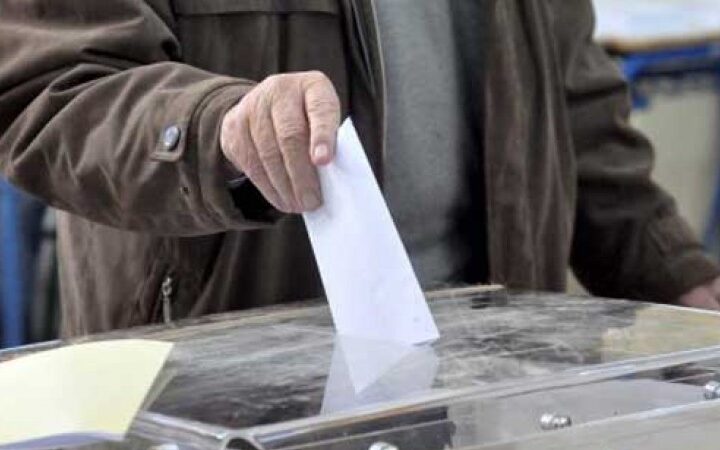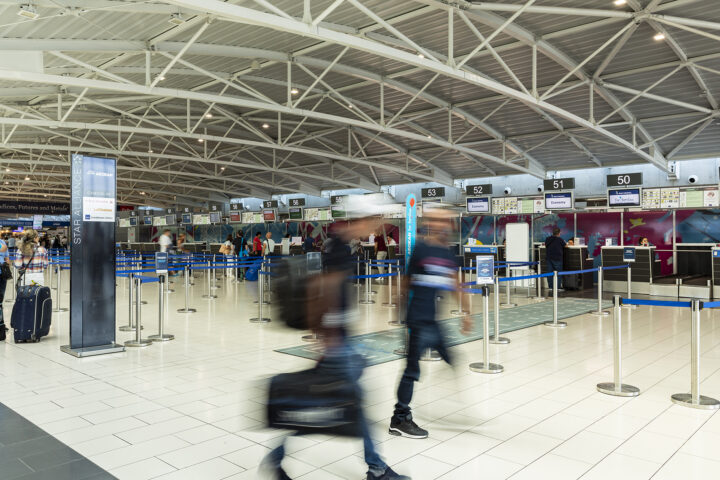On the long, slow walk alone down the aisle of St. Paul's Cathedral, people bowing and curtseying on either side as she passed, Queen Elizabeth cut a forlorn figure.
Her husband of 64 years, Prince Philip, was hospitalised on Monday with a bladder infection, removing a familiar face from the closing stages of a long weekend of Diamond Jubilee celebrations marking the monarch's 60th year on the throne.
His absence cast a pall over a triumphant few days for the British monarchy, serving as a reminder that the hugely popular senior royal figures are in their twilight years and denting the 86-year-old queen's indomitable image.
"There's going to be a big change over the next five years," said Hazel Humphreys, 62, a retired teacher from Suffolk, southern England, who was standing in the cheering crowds on the grand Mall avenue leading to Buckingham Palace.
"The royal family will have to change things because of the queen's age. You tend to think they are going to be there forever and then suddenly they are gone. It's a bit like one's parents," she added.
"And then what happens – that's the big question."
While the royal family's place in British society looks secure as long as the hugely popular queen is alive, her son and heir-to-the-throne Prince Charles is a far more divisive figure.
"STRENGTH AND STAY"
Wearing a mint green outfit and matching hat on Tuesday, the queen doubtless missed the companionship of Philip, whom she once described as her "strength and stay".
His absence, caused by a stay in hospital which palace officials said was only "precautionary", forced last-minute changes to the carefully choreographed finale of four days of nationwide festivities for the queen.
"He's getting better," Prince Edward said after visiting his father in hospital. "He's in good spirits, he's on good form."
As her limousine drove her from Buckingham Palace to St. Paul's Cathedral, past thousands of flag-waving fans, she was accompanied by lady in waiting Diana Marion, the Lady Farnham.
At the cathedral, seating arrangements had to be changed and she sat next to her son, heir-to-the-throne Prince Charles, instead of his father.
And in the open-top 1902 State Landau carriage taking her to the palace ahead of a final balcony appearance, Charles and his wife Camilla joined her rather than taking a separate carriage as originally planned.
On Saturday at the races and Sunday on a royal barge accompanied by a 1,000 vessels in a spectacular London flotilla, Philip was a constant companion, joining her in waving and smiling to huge crowds and even performing a small jig at the musical climax to the river pageant.
The queen appeared slightly careworn and preoccupied on stage without Philip at the pop concert staged on Monday night before hundreds of thousands of people in front of her sumptuous London residence.
"It must be awful for the Queen, but I hope he can watch from his hospital bed," said Sheree Charalampous, 53, a designer from north London. "It must be really, really hard for her. She looked so moved at the concert."
While the queen is seen by her subjects as a symbol of stability and unswerving service, Philip has always been a controversial figure known as much for his unguarded verbal gaffes as for his devotion to his wife.
A stray use of the phrase "slitty-eyed" during a visit to China in the 1980s was headline news in Britain, and contrasted sharply with the sweet, smiling image other royals believed it their duty to portray.
Son of the exiled Prince Andrew of Greece, Philip married Princess Elizabeth, as she was then, in 1947.
They met when she was just 13 and visited the naval college where he was a cadet. Following World War Two they got engaged, and he was given the title the Duke of Edinburgh.
Philip's health has become a cause for concern for the royal family after he underwent an operation to ease a blocked heart artery and spent four days in hospital after being taken ill before Christmas last year.







